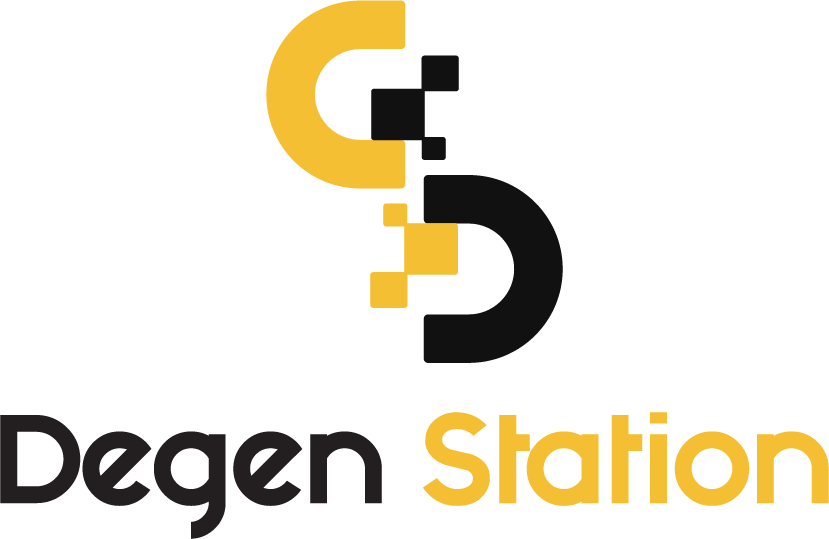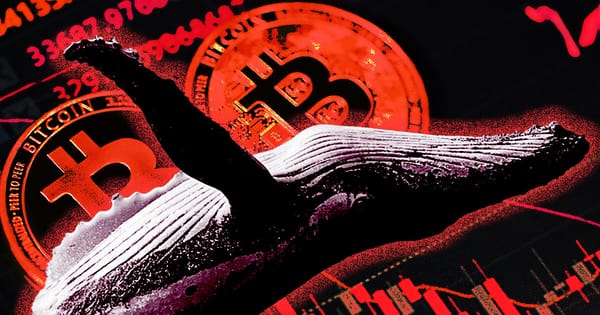Ethereum (ETH) Experiences Inflation Resurgence

With the Ethereum network seeing reduced activity recently, the amount of ETH generated from staking has once again surpassed the amount of ETH burned from transaction fees.

According to data from Ultrasound.money, Ethereum's (ETH) annual inflation rate has climbed back to 0.08% as of December 6. This marks a significant shift from November, when Ethereum's inflation rate was nearly zero due to the burning of all newly minted ETH since the network's upgrade, The Merge, in mid-September, which transitioned from proof-of-work to proof-of-stake.
During the period from November 9 to November 17, ETH’s inflation rate even turned negative due to a surge in transaction demand following the FTX collapse, reaching a deflationary rate of -0.0051%.
However, since then, the supply of newly created ETH has surged back to nearly 0.15%. This increase is attributed to the decline in network activity. Nick Hotz, Head of Research at crypto asset management firm Arca, commented:
“Immediately after the FTX incident, there was a massive demand for asset conversions on both CEX and DEX platforms due to market volatility. However, in the weeks since, user activity has significantly decreased on both centralized and decentralized exchanges.”
As Coin68 previously explained, post-The Merge, Ethereum switched to a proof-of-stake consensus mechanism, cutting new coin issuance by up to 90% compared to the old proof-of-work system. Coupled with the EIP-1559 upgrade, which burns a portion of ETH transaction fees, this setup could create deflationary pressure on the world's second-largest cryptocurrency.
According to Etherscan, the amount of ETH burned in the aftermath of the FTX collapse peaked at nearly 5,500 ETH per day before decreasing to around 1,200 ETH per day afterward.

Daily ETH Burned Post-EIP-1559 Since Early November 2022. Source: Etherscan
Nevertheless, Nick Hotz does not view these mechanisms as critical factors in terms of inflation or deflation. Instead, they provide a stable and reliable rate of new ETH issuance, facilitating Ethereum’s broader adoption through Layer 2 solutions. Arca’s research expert compares it to the Federal Reserve's approach:
“It’s similar to how the Fed manages the economy: reducing money supply during economic overheating and vice versa. That’s exactly what EIP-1559 is designed to do. That’s also what we’ve seen post-The Merge.”
According to Ultrasound.money, over the past 30 days, more than 51,500 ETH in transaction fees has been burned, primarily from ETH and stablecoin transactions on DEX platforms like Uniswap, NFT marketplace OpenSea, and wallets like MetaMask.

ETH Burned and Top Ethereum Apps Burning Fees in the Past 30 Days. Source: Ultrasound.money
ETH prices are currently stabilizing in the $1,200 - $1,300 range after experiencing significant volatility in early November due to the FTX collapse.

1D Chart of ETH/USDT on Binance as of 10:10 AM, December 6, 2022





